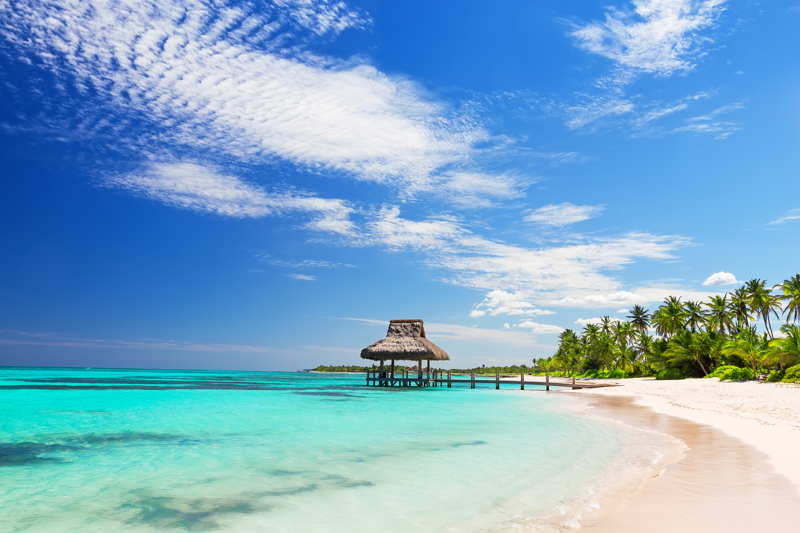The Pensionado Visa
The three types of visas that you should look at in the DR are its pensionado, rentista, and investor visas. The pensionado visa requires you to have a pension of at least US$1,500 per month plus US$250 per dependent.
The Rentista Visa
For the rentista visa, the requirement is US$2,000 per month from any investment-derived income for the past five years.
Get Your Free Caribbean Report Today!
Simply enter your email address below and we’ll send you our FREE REPORT – The Cheapest Places To Live In The Caribbean.
We Value Your Privacy! We will not share your email address with anyone else, period.
The Investor Visa
The investor visa option requires a minimum US$200,000 investment (real estate purchases don’t count, unless done through a registered company).
The permanent residency permit is valid for two years. After two years of holding the permanent residency permit, you may apply for Dominican citizenship.
The DR has some of the laxest in-country requirements around. If you do not return to the DR after four years, you only have to pay a fine, and will still be able to renew your residency status.
Other perks include the right to work in the country as well as the ability to hold not one, but two other citizenships, meaning you could have a total of three citizenships (and three passports).
If you want to look at the currency exchange of the RD Peso click here.
The Dominican Republic offers a naturalization-through-residency program that comes with one of the shortest times to a second passport of any such programs currently available.
Obtaining a second passport through residency can take up to 10 years or longer some places, but in the Dominican Republic you can apply for citizenship after just two years of permanent residency.
You have to be a temporary resident for five years before you’re able to apply for permanent residency unless you qualify as a pensionado, a rentista, or an investor, in which case you can obtain permanent residency status right away under a fast-track program.
The income threshold for a retiree with a pension is US$1,500 per month plus another US$250 per month for each dependent under the fast-track program.
You can qualify as a rentista with proof of income of at least US$2,000 a month.
The investor option requires an investment of US$200,000, which can be in the form of a bank CD deposit, an operating company, or property purchase (through a company).
Get Your Free Caribbean Report Today!
Simply enter your email address below and we’ll send you our FREE REPORT – The Cheapest Places To Live In The Caribbean.
We Value Your Privacy! We will not share your email address with anyone else, period.
The Fast-Track Options For The Dominican Republic Visa
As soon as you qualify under one of the fast-track options, you get permanent residency straightaway.
Under the regular residency application, you have to renew your status every year for the first four years.
With fast-track residency, you avoid the annual renewal. You renew your status every four years. And you don’t have to spend any specific amount of time in the country on an ongoing or annual basis.
You need only return for the every-four-years renewal.
Residency in the Dominican Republic can lead to citizenship within three years. But under the fast-track residency option, you can start your naturalization process six months after receiving your permanent residency card.
After you’ve completed the required residency time, the application and approval process will take another six months or so.
Most importantly, you’ll have to sit for an interview in Spanish, which you’ll need to prepare for, but, overall, the process is straightforward and less hassled than in many other jurisdictions.
Dominican Republic citizenship can be applied for after six months of legal residency, provided that the applicant has invested in a business or in real estate.
Another way to receive DR citizenship is to prove uninterrupted residence in the country for at least two years.
Get Your Free Caribbean Report Today!
Simply enter your email address below and we’ll send you our FREE REPORT – The Cheapest Places To Live In The Caribbean.
We Value Your Privacy! We will not share your email address with anyone else, period.

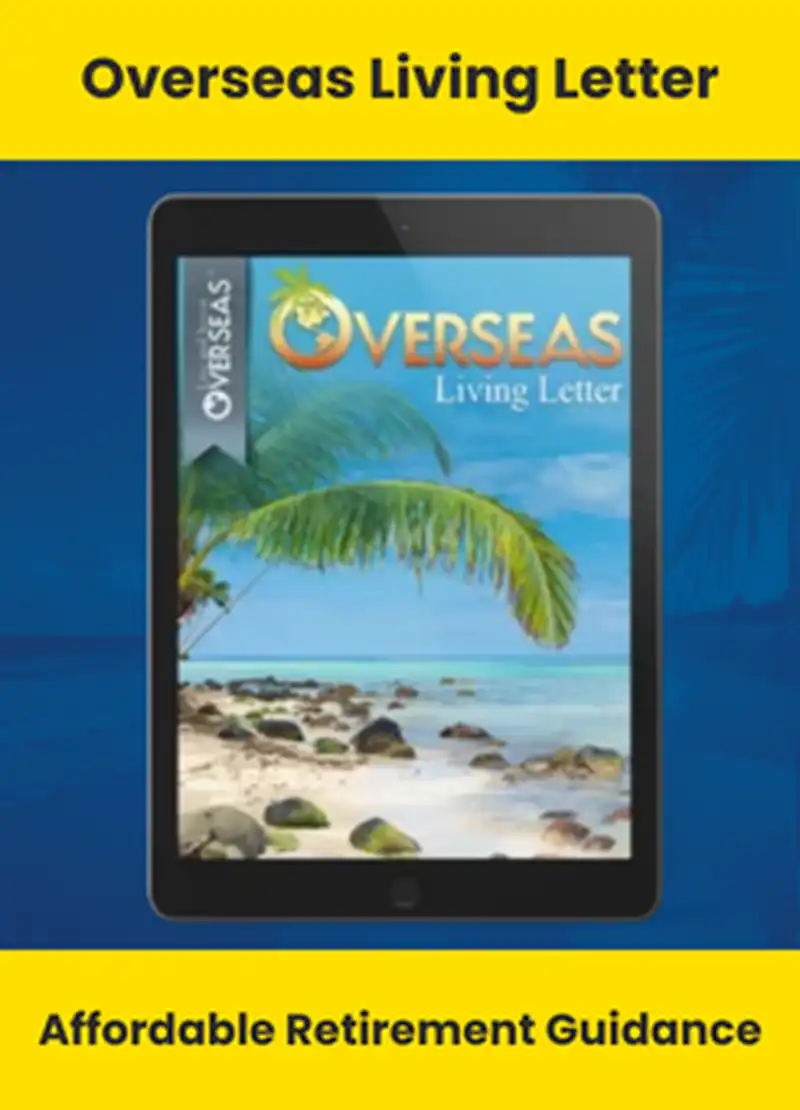



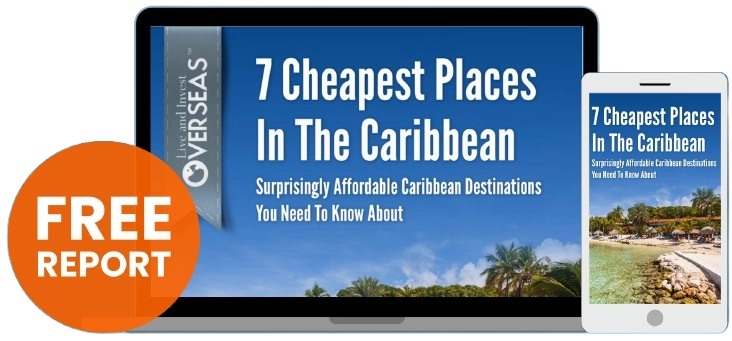
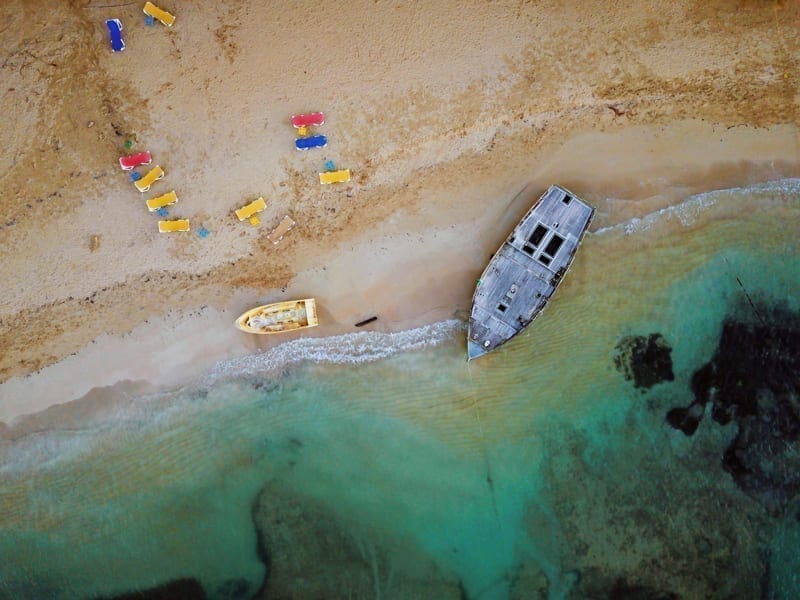





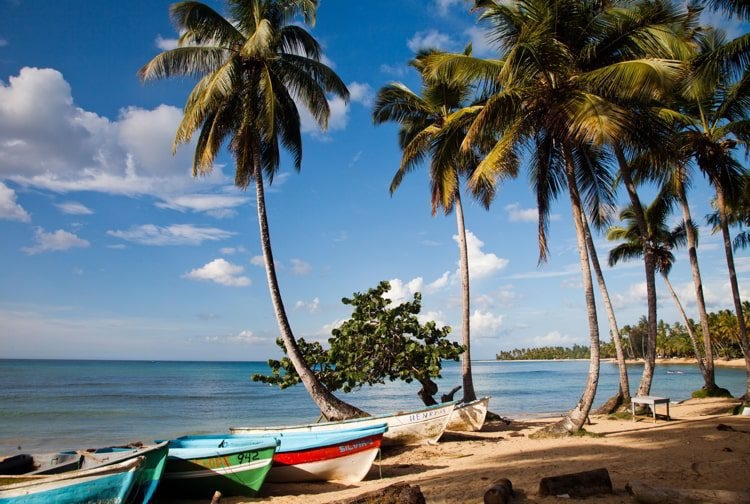 . '
. '
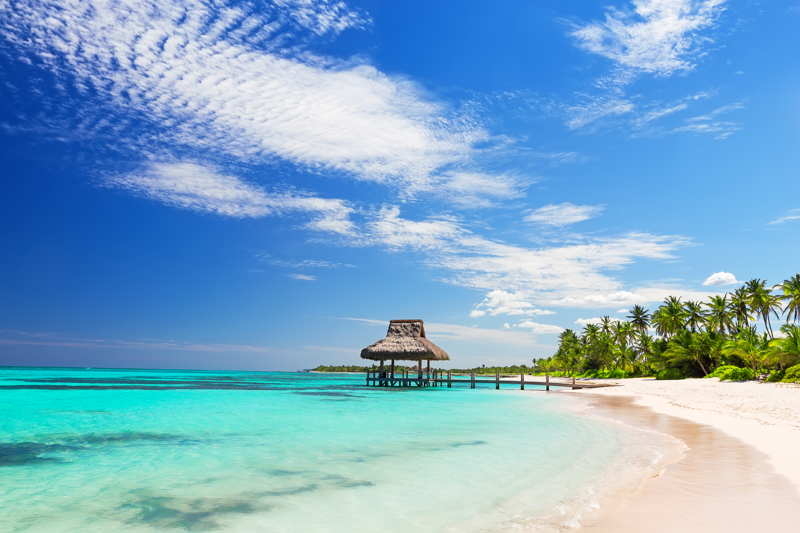 . '
. '
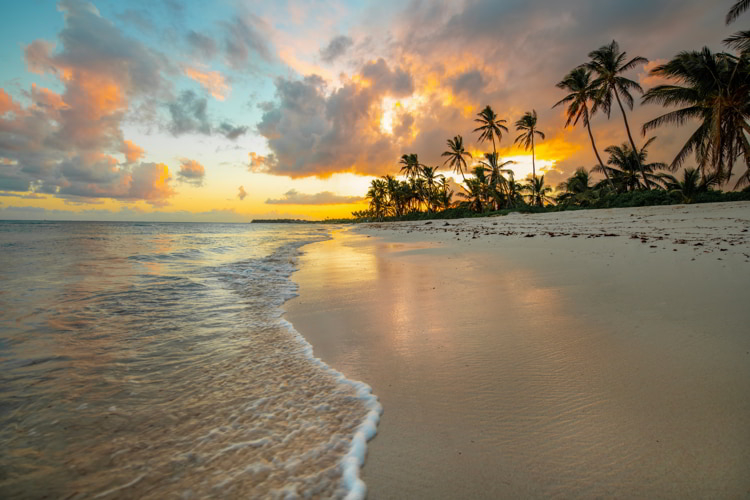 . '
. '
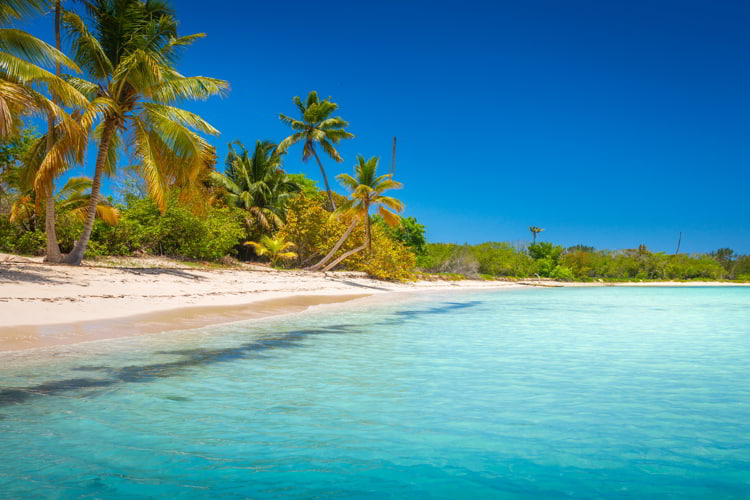 . '
. '
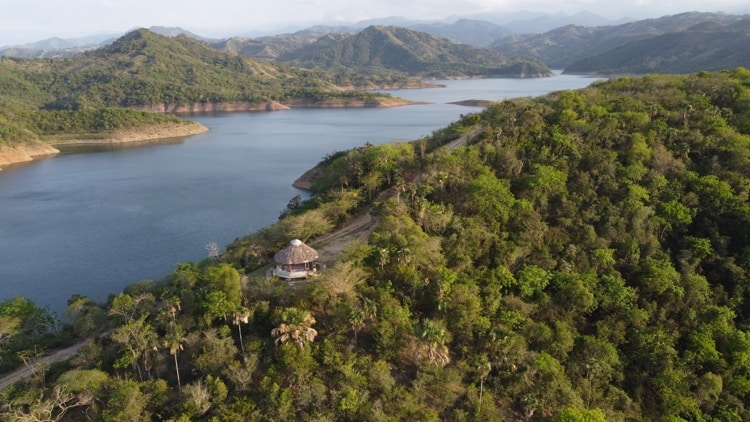 . '
. '

